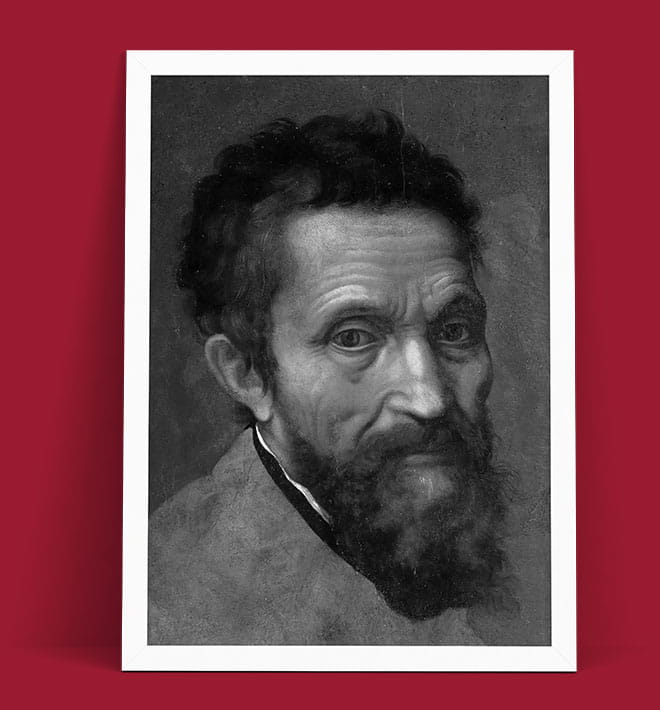Masterpieces in Sculpture
Michelangelo Buonarroti David
Crafted between 1501 and 1504, the David stands as a pinnacle of Renaissance sculpture. Carved from a single block of Carrara marble, the statue measures 5.17 meters in height and depicts the biblical hero David poised before his battle with Goliath. Unlike earlier representations showing David post-victory, Michelangelo's version captures the tense anticipation preceding the encounter. Originally intended for Florence Cathedral, it was instead placed in the Piazza della Signoria as a symbol of the Republic's defense of civil liberties. In 1873, the statue was relocated to the Galleria dell'Accademia in Florence for preservation.
Michelangelo Buonarroti Pietà
The Pietà, completed between 1498 and 1499, is housed in St. Peter's Basilica in Vatican City. This marble sculpture portrays the Virgin Mary cradling the lifeless body of Jesus after the crucifixion. Notably, Michelangelo chose to depict Mary as youthful and serene, emphasizing her purity and maternal grace. The composition is renowned for its harmonious proportions and intricate detailing, particularly in the drapery and anatomy. The Pietà is the only work Michelangelo ever signed, underscoring its significance in his oeuvre.
Michelangelo Buonarroti Works
Beyond David and the Pietà, Michelangelo's extensive body of work includes:
- Sistine Chapel Ceiling: Painted between 1508 and 1512, this monumental fresco in Vatican City features scenes from the Book of Genesis, including the iconic Creation of Adam.
- The Last Judgment: A fresco painted on the altar wall of the Sistine Chapel between 1536 and 1541, depicting the Second Coming of Christ and the final judgment of souls.
- Moses: A marble sculpture created for the tomb of Pope Julius II, showcasing Michelangelo's skill in rendering dynamic human forms.
- The Laurentian Library: An architectural project in Florence, demonstrating his innovative approach to space and design.
- The Dome of St. Peter's Basilica: Michelangelo served as the chief architect for the basilica, designing its majestic dome, which remains a defining feature of the Roman skyline.
Michelangelo's works are characterized by their anatomical precision, expressive intensity, and profound exploration of human emotion and spirituality. His legacy endures, inspiring countless artists and captivating audiences worldwide.
Legacy
Michelangelo's influence on art and culture is immeasurable. His ability to convey complex human emotions and his mastery across multiple disciplines set a standard for artistic excellence. His works continue to be studied and revered, embodying the pinnacle of Renaissance artistry.





